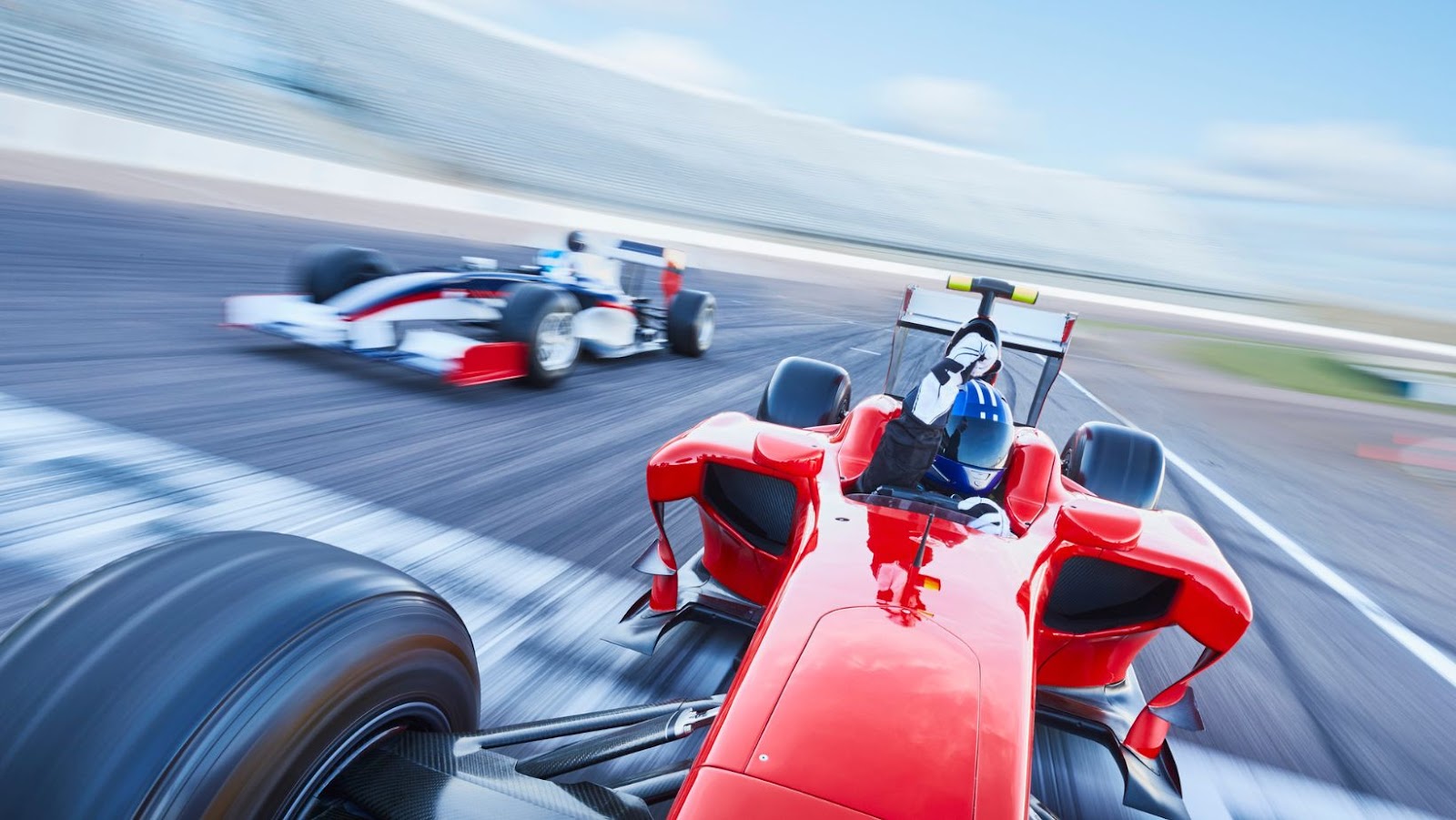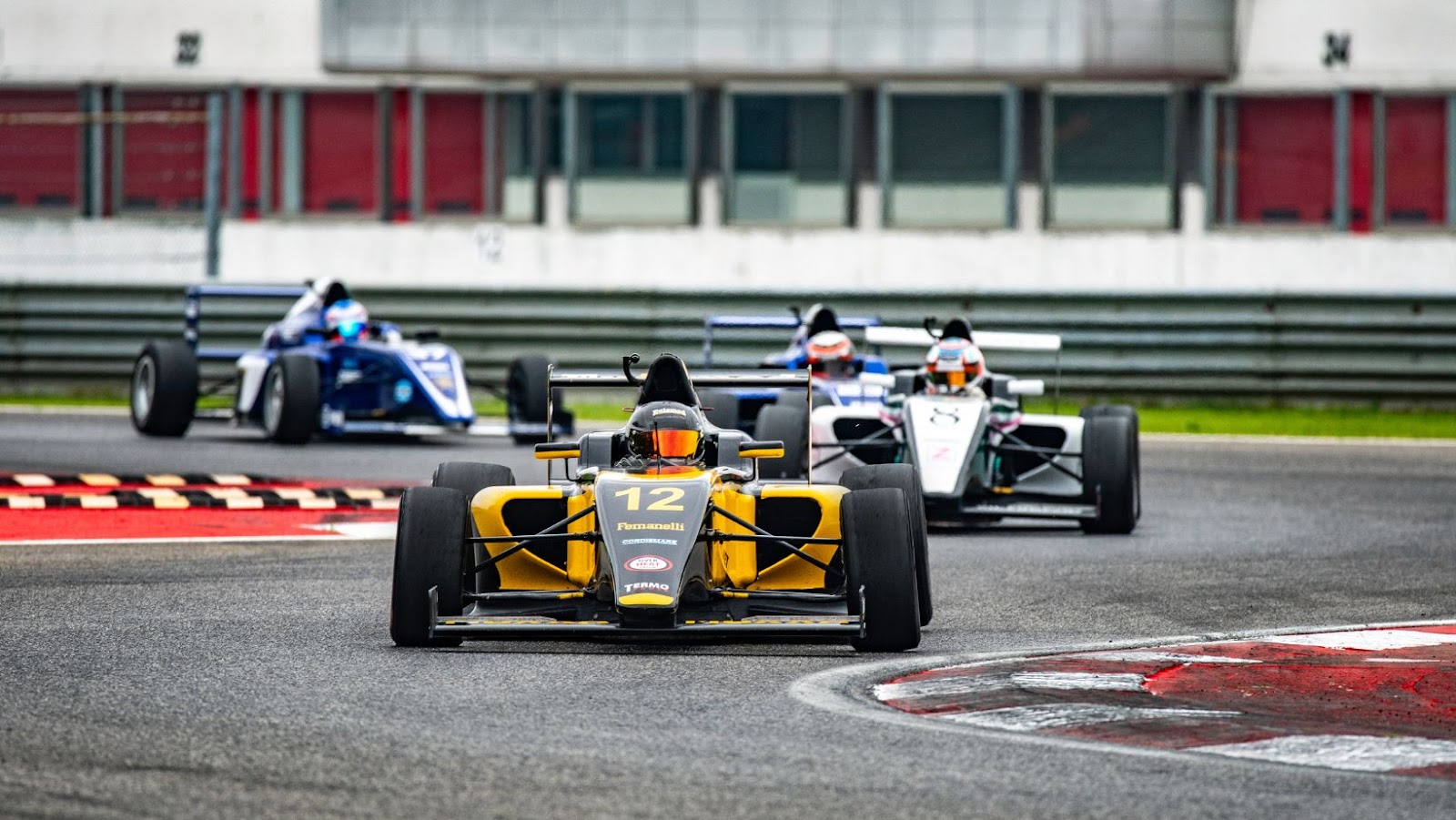
Formula 1 is now over sixty years old. During this time, the cars involved in the race have managed to change beyond recognition. From cars with powerful motors, they have become stuffed with electronics bolides, in the creation of which the best engineering minds and the most modern materials are involved.
Formula 1 is arguably the most technically dependent sporting event in the world because it’s the performance of the chassis that determines how well the Grand Prix performs. It may seem that the close attention paid to the technical side of “royal racing” negates the importance of the drivers. Indeed, who, if not they, are the protagonists in bringing the cars to the finish line at each Grand Prix?
However, to become a champion, it is not enough to be the fastest and most talented pilot, you need to be in the team that builds the right car. By the way, the drivers are directly involved in this, prompting the engineers in what direction to develop and refine the chassis.
By the way, in India at this moment also there is an increase in the popularity of the sport. Even the best cricket betting site confirms that local bettors began to actively bet money on car racing.
What Were The Technical Regulations?
Let’s go back to the mid-2000s. The current technical regulations require that the cars were equipped with eight-cylinder engines of no more than 2.4 liters without a supercharger. The rules do not impose restrictions on the direct power of the engine but indicate that the number of its revs should not exceed 18 thousand. This formula for powertrains has been in effect since 2006, with manufacturers being prohibited from making changes to the engine design, excluding those that improve safety, to reduce costs.
By 2014, however, motorists had already prepared turbocharged 1.6-liter six-cylinder units, which had been banned since 1989. The highlight of the last four seasons has been the use of the Kinetic Energy Recovery System (KERS), a technology that is akin to Formula 1 cars with hybrid road cars. It allows you to store energy in the battery during braking to then give the engine extra power at the touch of a button on the steering wheel.

As conceived by the designers, the system KERS was supposed to increase the number of overtaking, and after testing on the tracks of the “queens of motorsports” find application in production cars. But, designed to save fuel, it was not too effective in high-speed machines “big prizes. And with the task of increasing the spectacle coped with another technology of the turbulence reduction system (DRS).
No supercomplex DRS is just a device for adjusting the slope of the antifender. The racer, hanging on the tail of the rival, is allowed to activate the system to reduce turbulence in certain areas of the track. This reduces the downforce acting on the car and as a consequence, allows you to increase speed.
DRS can only be used on straight sections of autodromes to deprive downforce cars that did not fly out in the corners. DRS has increased the number of overtaking in the Grand Prix. Some motorsport fans have even begun to say that it has become too easy to overtake rivals. But the majority of fans of “Royal Race” innovation was to their liking. The more so that not every pilot, stepping on the heels of the opponent, will be able to overtake him, activating the wing, DRS does not cancel the differences in the level of machines of different teams.
The Old Zones and Loopholes for Engineers
In the technical regulations there still exist a lot of so-called “gray” zone rules, which can be interpreted differently, thanks to which the machines now and then appear seemingly forbidden technology. It is these “gaps” in the regulations in recent years that led to the championship of the British Jenson Button and German Sebastian Vettel, twice confirmed the title of the youngest world champion.
The victory of the Englishman in 2009 took place thanks to the appearance on the machine “stables” Brawn GP double diffuser. This technology, which increases downforce cars, was also implemented by Toyota and Williams, but it wards Ross Braun managed to implement its most effective. Despite protests from competitors, the white cars from Brackley dominated throughout most of the 2009 season, and Button became world champion for the first time in his career.
Developing this idea, some teams proposed sophisticated diffuser designs with three or more layers. These solutions allowed even more to increase the downforce of the car. However, already in the next championship, this technology has not given anyone a significant advantage, as almost all the peloton of Formula 1 was equipped with its various variations, and in 2011 double diffusers were banned altogether.
However, the dodgy minds of F1’s technical geniuses already had a new recipe ready. Adrian Newey, one of the most titled designers in the history of the race, who had previously brought many benefits to the commands of Williams and McLaren, and in 2005 entered into service in the “stable” Red Bull, has developed a design of a blown diffuser for the team Christian Horner.
This technology allows the use of exhaust gases to optimize the airflow in the rear of the machine. And the effectiveness of the diffuser depends directly on the speed and temperature of the exhaust gases, and in fact – on the force of the accelerator pedal. Interestingly, this development, introduced at the beginning of the season 2010, has long remained a mystery to the competitors. In Formula 1, where spying on rivals is the norm, it is difficult to hide the new technology from prying eyes, but the blowing diffuser is deep in the depths of the chassis and almost invisible to external inspection.
The Grand Prix of Ferrari and McLaren called on the FIA to disqualify the Bulls, accusing them of using various prohibited technologies. But the federation could only state the legality of all elements of the chassis of Red Bull. Only in the second half of the championship rivals managed to figure out the approximate construction of a blowing diffuser and copy it. However, by this time Sebastian Vettel, speaking for the “Bulls”, already broke away in the championship of the pilots, and in the Cup of the designers to catch up with the Austrian “stable” was now problematic. In addition, not every team has managed to smoothly fit the innovation in their chassis.
The Race and Confrontation Engineers
Closer of all to Red Bull in the season 2010 approached the team, McLaren. As the experts believe, it is due not only to a successful implementation of the idea of a blown diffuser, but also a number of their innovations, the most noticeable and highly productive of which was the ducting system F-duct. Roughly speaking, it is a tube, passing through the car and directed to the rear wing. Thanks to it the pilot can regulate the flow going to the rear spoiler.
This enables the airflow to be chopped off on straightaways, resulting in less drag. The technology allows you to increase speed by only a few kilometers per hour, but in Formula, where every thousandth of a second counts on a lap, you cling to every opportunity to gain an advantage. Not surprisingly, by the end of the season, almost every championship team had its version of the F-duct.
In 2011, the FIA banned air ducts and their associated fin-shaped vertical wings. Blower systems were not explicitly abolished, but some holes in the diffusers did fall under the ban. However, the engineers of Formula One continued to develop this direction and created special schemes for the engines, thanks to which the gases to the diffuser went even with the accelerator pedal depressed.

The innovation forced the motors to work in, to put it mildly, not economical mode. When the pilot released his foot from the gas pedal, the engine continued to idle and burn fuel at full throttle, and the exhaust was directed to the diffuser to increase downforce. The most effective variation on this theme appeared at the same “bulls”, and the most extravagant design was presented by Lotus Renault. On machines from Enstone exhaust was not only sent to the diffuser but also derived pipes on the aerodynamic elements in front of the Pantone. Ferrari, McLaren, and Mercedes also had their design options.
However, after a few races, the FIA wondered about the legality of such a system. First, the federation intended to completely prohibit the use of exhaust when the accelerator pedal is depressed. Then it was said that you can use gases, but only when the engine is in economy mode. However, soon the federation backtracked and allowed the use of such systems until the end of the championship, arguing its decision on the grounds of safety.
The leading teams retained the blow-out diffuser technology. Perhaps the biggest benefit, as a result, have the “Bulls”, advanced in this development beyond the rest: Sebastian Vettel became a two-time world champion. However, by the 2012 season, all this piling up around the exhaust pipes has been banned. In addition, the FIA has introduced some other technical restrictions, in particular, demanding the use of more rigid materials for the “plumage” cars. In total, all this slightly equalized the position among the leaders.
And what has changed the appearance of race cars? In cars from 2012, the eye catches a strange “step” on the nose fairing. It appeared because of the requirement of the FIA to the maximum height of the front of the car aerodynamically advantageous to have a high “nose”, so the team is ready to put up with the ugliness of cars for the sake of speed. Blowing diffusers in the old version of the design is impossible since the regulations prohibit the output of the exhaust pipes under the bottom and generally lower them below a certain level. However, the engineers of the leading teams have managed to create along the body of the car a kind of channel that directs the gases to the diffuser.
Of the technical tricks of the season, balancing on the brink of legality, we can note the DRS-air duct team Mercedes: in Brackley made air duct, working in conjunction with the active rear wing. It turned out that the regulations do not regulate the combination of any system with the active wing, so the FIA did not see the innovation of Mercedes criminal.
Still, the drivers can’t benefit from this technology, as the W03 has big problems with tire preservation. In qualifying, the Silver Arrows show good potential, but over long distances, they “kill” the rubber too quickly.


